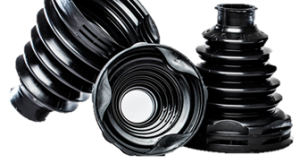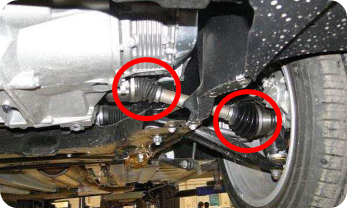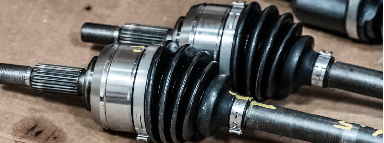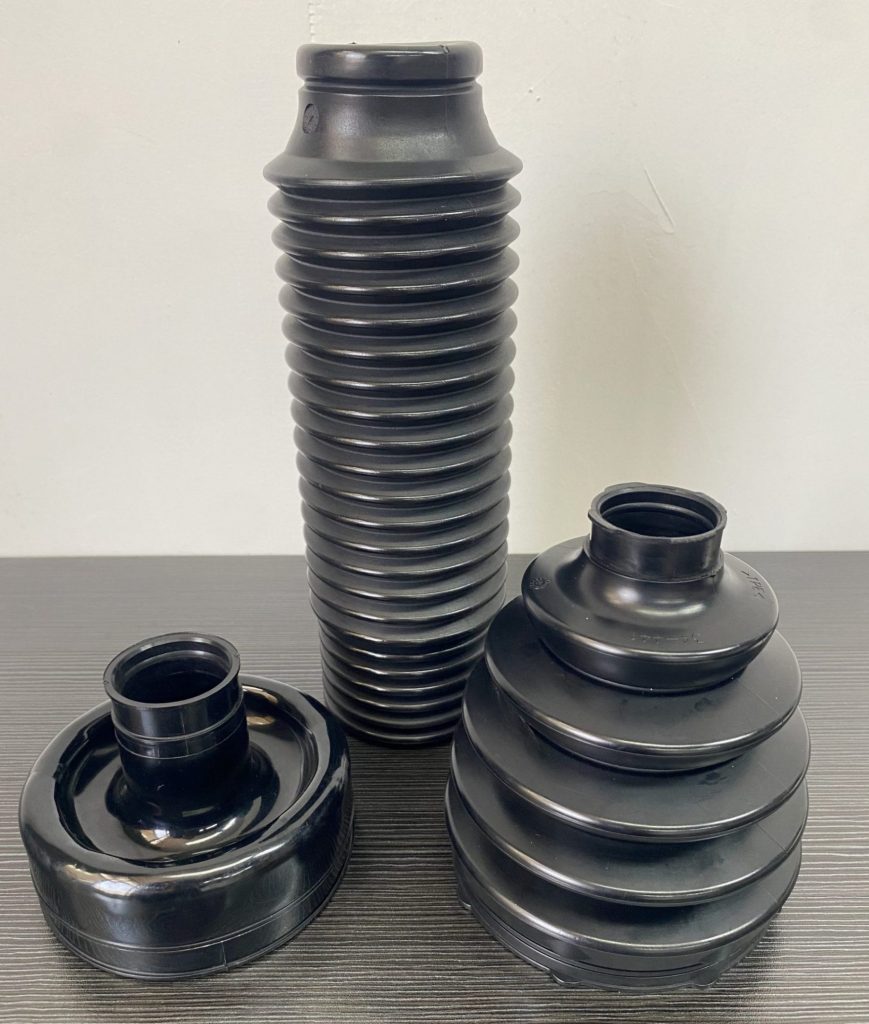
Automobile dust boot is an elastic protective cover used to protect vehicle moving parts (such as steering rods, ball heads, shock absorbers, etc.) from dust, sand, and water vapor. It is usually made of thermoplastic elastomer (TPEE/TPV) or rubber (NBR), and has high elasticity, oil resistance, weather resistance and other characteristics, which can significantly extend the service life of components.
Core functions of dust cover
Temperature adaptation: working range -40℃~120℃, adapt to the high temperature environment of the engine compartment.
Dustproof and waterproof: prevent external pollutants from entering precision mechanical structures (such as ball bearings).
Lubrication retention: prevent internal grease loss and reduce dry wear loss of metal parts.
Shock absorption and buffering: absorb vibration during component movement and reduce noise (NVH performance improvement).
Common types and material comparison
| Type | Material | Advantages | Typical applications |
|---|---|---|---|
| Bellows type | TPEE (polyester elastomer) | High temperature resistance, fatigue resistance | Steering tie rod, drive shaft |
| Folding type | TPV (dynamic vulcanized rubber) | High elasticity, ozone resistance | Suspension control arm ball head |
| One-piece molding type | NBR (nitrile rubber) | Low cost, good sealing | Brake pump dust cover |

Key performance indicators
- Durability: ≥500,000 dynamic bending tests (ISO 1817 standard)
- Oil resistance: Volume change rate <10% after immersion in 100℃ engine oil for 72h
- Tear resistance: Tear strength ≥30kN/m (ASTM D624)
- Environmental protection: Complies with EU ELV Directive (no heavy metals/polycyclic aromatic hydrocarbons)
Industry application cases
- New energy vehicles: Motor drive shaft dust cover (flame retardant V0 level required)
- Commercial vehicles: Heavy truck steering ball head dust cover (reinforced wear-resistant layer design)
- Racing cars: Customized ultra-lightweight TPEE dust cover (weight reduction of 30%)

Selection Guide
- Dimension matching: inner diameter/outer diameter tolerance must be controlled within ±0.2mm
- Environmental adaptation:
- Humid areas: choose anti-hydrolysis formula (such as TPEE + carbon black)
- Cold areas: use silicone rubber (no brittle cracking at -60℃)
- Certification requirements: automotive grade must pass TS16949 system certification
Maintenance and troubleshooting
- Replacement signal: Cover cracking, hardening or grease leakage requires immediate replacement
- Installation points:
- Clean the connection parts to avoid impurities
- Use special clamps to ensure twist-free installation
- Apply silicone grease to enhance sealing
Technology development trends
- Lightweight: Micro-foamed TPE material (density reduced by 15%)
- Intelligent: Integrated wear sensor (real-time monitoring of life)
- Environmental protection: Bio-based TPU material (carbon footprint reduced by 40%)

